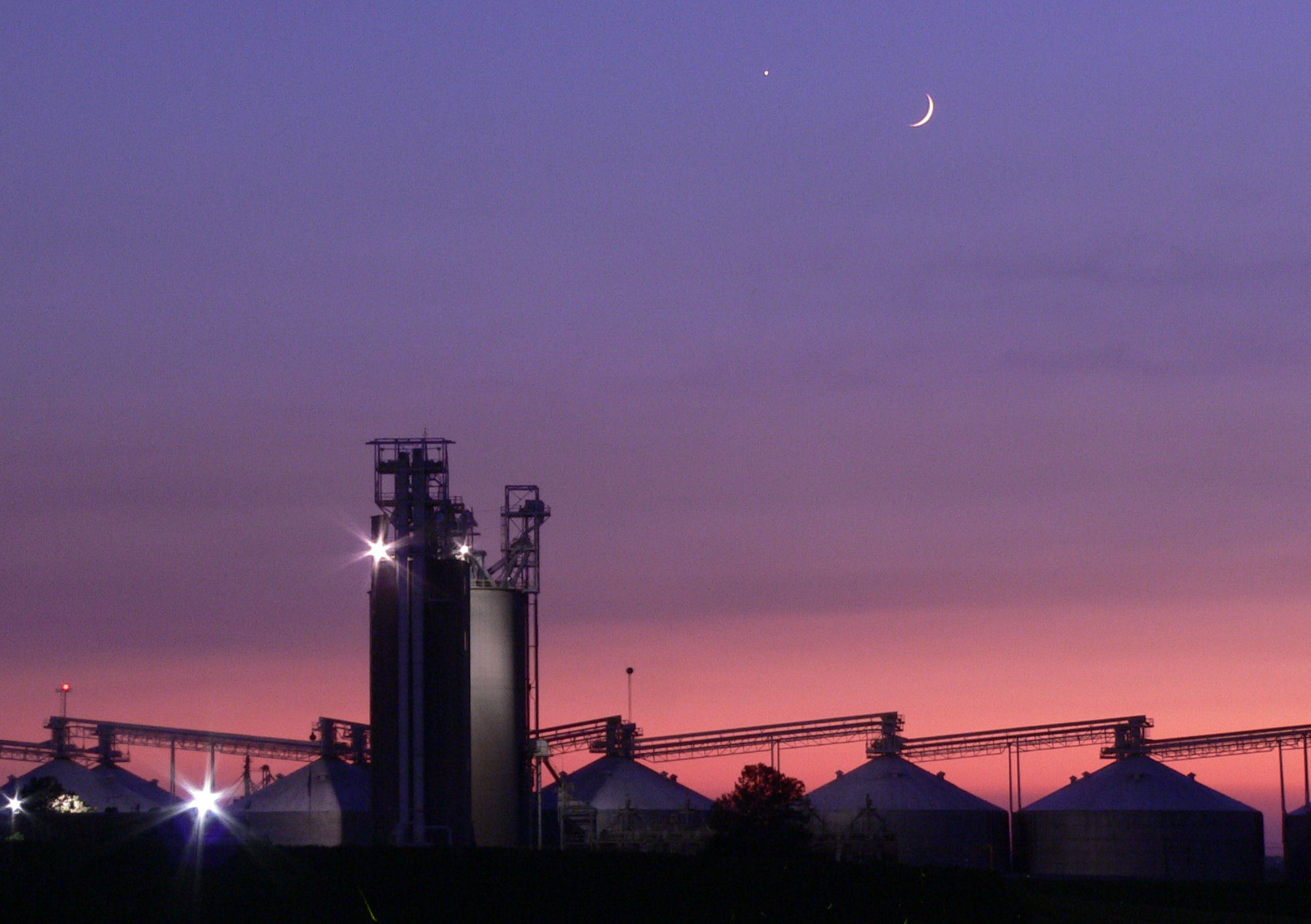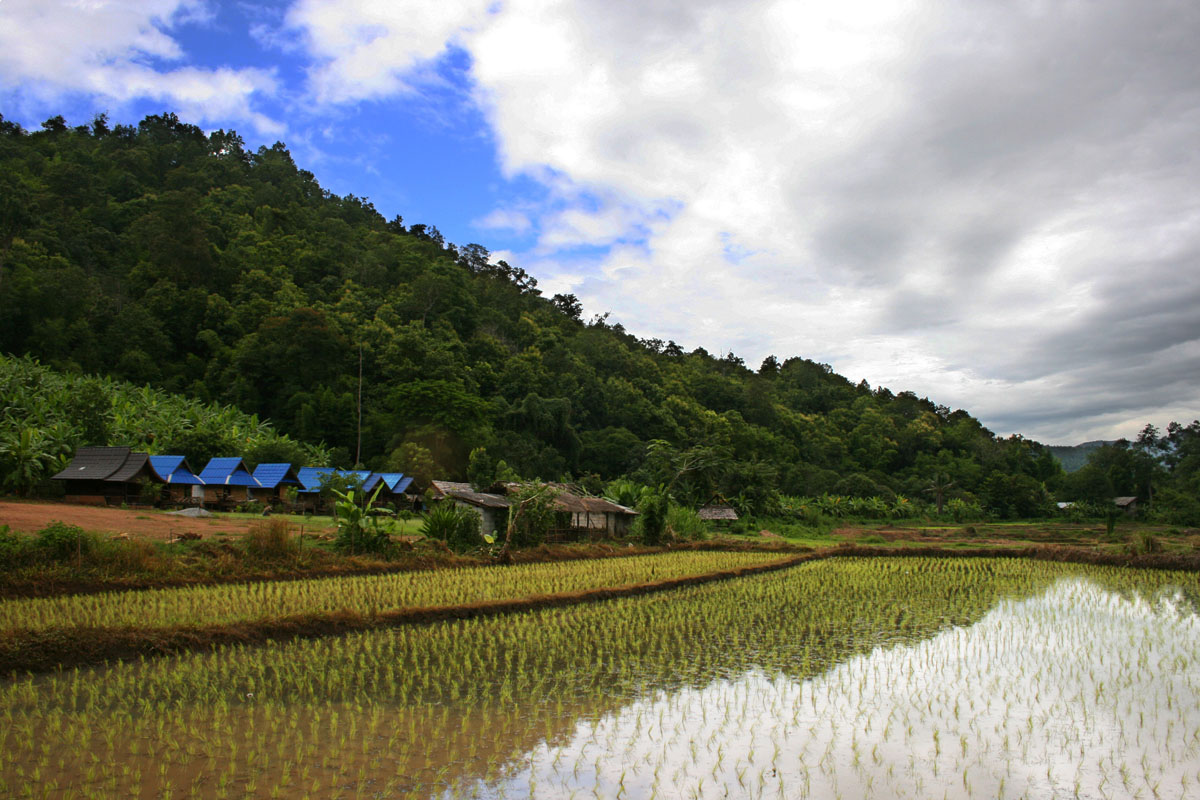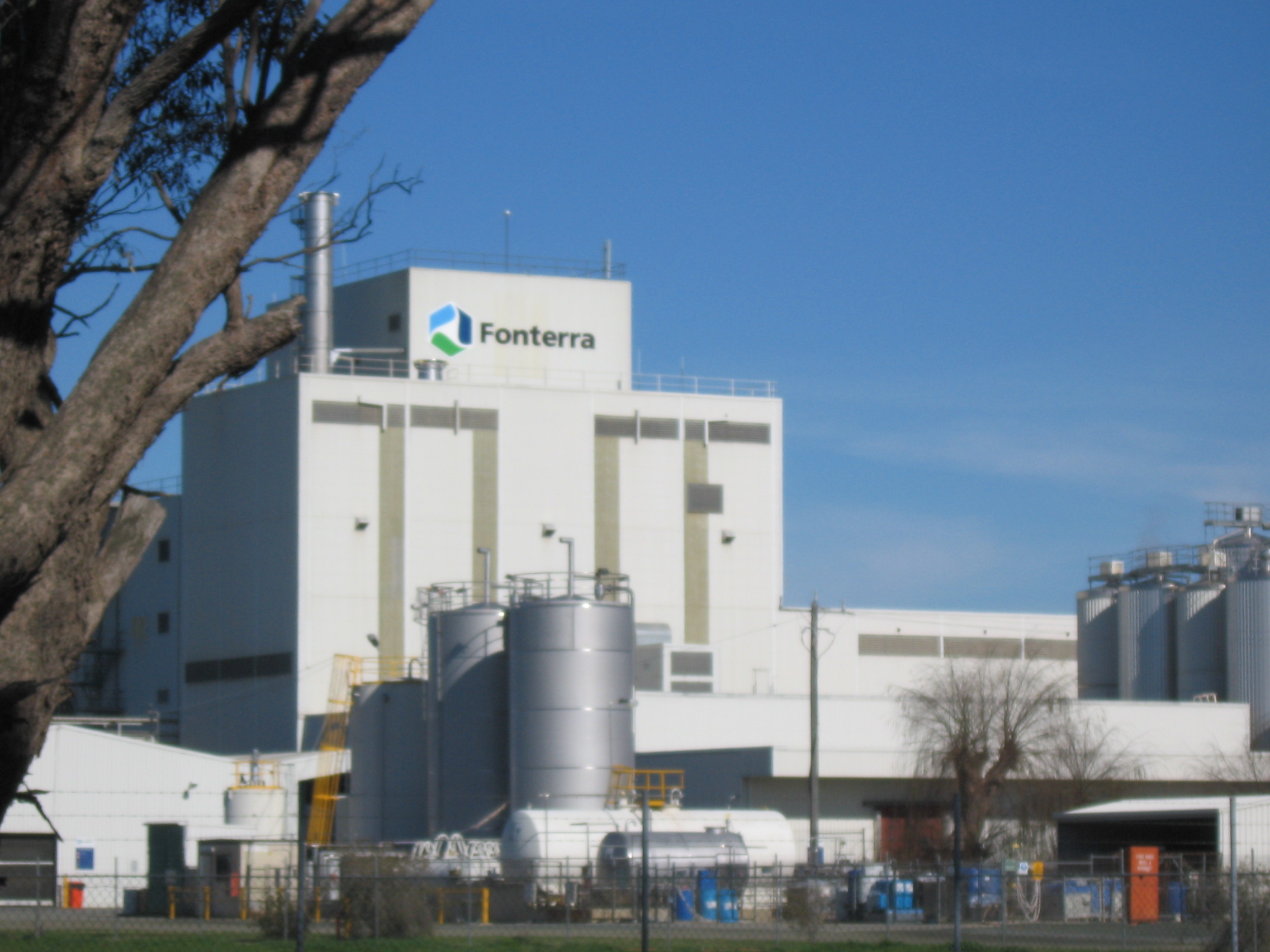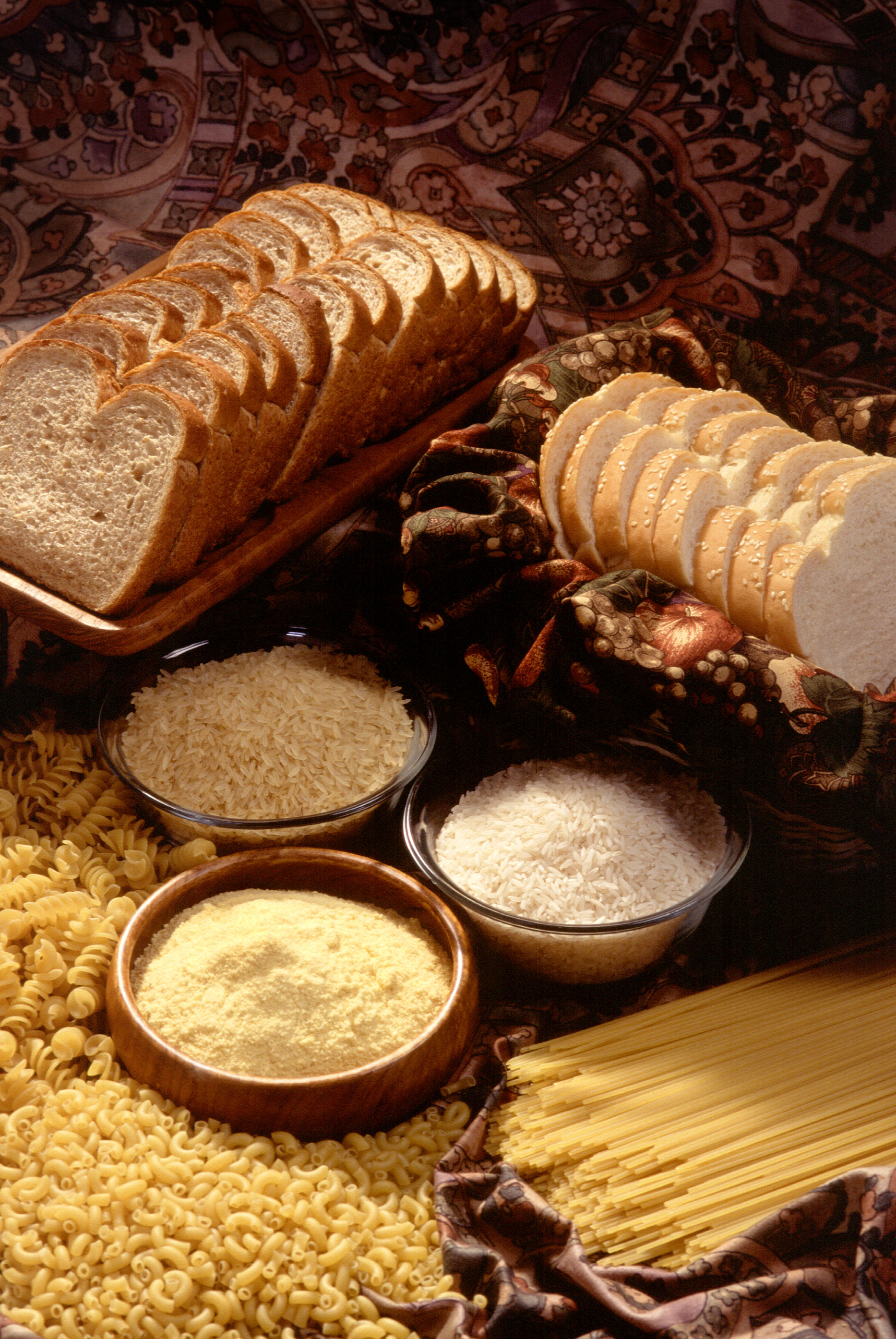Agronomic productivity on:
[Wikipedia]
[Google]
[Amazon]



 Agricultural productivity is measured as the ratio of
Agricultural productivity is measured as the ratio of
 Productivity is driven by changes in either agricultural technique or improvements in technology. Some sources of changes in agricultural productivity have included:
* Mechanization
* High yield varieties, which were the basis of the Green revolution
* Fertilizers: Primary plant nutrients: nitrogen, phosphorus and potassium and secondary nutrients such as
Productivity is driven by changes in either agricultural technique or improvements in technology. Some sources of changes in agricultural productivity have included:
* Mechanization
* High yield varieties, which were the basis of the Green revolution
* Fertilizers: Primary plant nutrients: nitrogen, phosphorus and potassium and secondary nutrients such as
 As a region's farms become more productive, its comparative advantage in agricultural products increases, which means that it can produce these products at a lower opportunity cost than can other regions. Therefore, the region becomes more competitive on the world market, which means that it can attract more consumers since they are able to buy more of the products offered for the same amount of money. As productivity improvement leads to falling food prices, this automatically leads to increases in real income elsewhere.
Increases in agricultural productivity lead also to agricultural growth and can help to alleviate poverty in poor and developing countries, where agriculture often employs the greatest portion of the population. As farms become more productive, the wages earned by those who work in agriculture increase. At the same time, food prices decrease and food supplies become more stable. Labourers therefore have more money to spend on food as well as other products. This also leads to agricultural growth. People see that there is a greater opportunity to earn their living by farming and are attracted to agriculture either as owners of farms themselves or as labourers.Promoting Pro-Poor Growth: Agriculture, DAC Guidelines and Reference Series, Paris: OECD, 2006, OECD.org, 13 July 2007 (10).
As a region's farms become more productive, its comparative advantage in agricultural products increases, which means that it can produce these products at a lower opportunity cost than can other regions. Therefore, the region becomes more competitive on the world market, which means that it can attract more consumers since they are able to buy more of the products offered for the same amount of money. As productivity improvement leads to falling food prices, this automatically leads to increases in real income elsewhere.
Increases in agricultural productivity lead also to agricultural growth and can help to alleviate poverty in poor and developing countries, where agriculture often employs the greatest portion of the population. As farms become more productive, the wages earned by those who work in agriculture increase. At the same time, food prices decrease and food supplies become more stable. Labourers therefore have more money to spend on food as well as other products. This also leads to agricultural growth. People see that there is a greater opportunity to earn their living by farming and are attracted to agriculture either as owners of farms themselves or as labourers.Promoting Pro-Poor Growth: Agriculture, DAC Guidelines and Reference Series, Paris: OECD, 2006, OECD.org, 13 July 2007 (10).
 It is not only the people employed in agriculture who benefit from increases in agricultural productivity. Those employed in other sectors also enjoy lower food prices and a more stable food supply. Their wages may also increase.
It is not only the people employed in agriculture who benefit from increases in agricultural productivity. Those employed in other sectors also enjoy lower food prices and a more stable food supply. Their wages may also increase.

 Deolalikar in 1981 investigated the theory first proposed by Sen in 1975 that in traditional, pre-modern farming in India, there is an inverse relationship to size of the farm and productivity, contrary to the economy of scale found in all other types of economic activity. It is debated whether the inverse relationship actually exists. Numerous studies falsify this theory. In Zimbabwe, policies on Land reform in Zimbabwe#Impact on production, agrarian land reform under president Robert Mugabe, especially in and following 2000, split large farms into many smaller farms, and this decreased productivity. Collectivization, Marxist agrarian land reform in the Soviet Union, China and Vietnam combined small farms into larger units, this usually failed to increase productivity.
Nonetheless, increasing agricultural productivity amongst Smallholding, smallholder farms is an important way to improve farmer livelihoods in the developing world.
Deolalikar in 1981 investigated the theory first proposed by Sen in 1975 that in traditional, pre-modern farming in India, there is an inverse relationship to size of the farm and productivity, contrary to the economy of scale found in all other types of economic activity. It is debated whether the inverse relationship actually exists. Numerous studies falsify this theory. In Zimbabwe, policies on Land reform in Zimbabwe#Impact on production, agrarian land reform under president Robert Mugabe, especially in and following 2000, split large farms into many smaller farms, and this decreased productivity. Collectivization, Marxist agrarian land reform in the Soviet Union, China and Vietnam combined small farms into larger units, this usually failed to increase productivity.
Nonetheless, increasing agricultural productivity amongst Smallholding, smallholder farms is an important way to improve farmer livelihoods in the developing world.
Food and Agriculture Organization of the United Nations – www.fao.org
* [https://web.archive.org/web/20071029160704/http://www.oecd.org/document/23/0%2C3343%2Cen_2649_37401_37426007_1_1_1_37401%2C00.html OECD Agricultural Outlook Database (2006–2015)] {{Authority control Agricultural production Agricultural revolutions Sustainable agriculture


 Agricultural productivity is measured as the ratio of
Agricultural productivity is measured as the ratio of agricultural
Agriculture or farming is the practice of cultivating Plant, plants and livestock. Agriculture was the key development in the rise of Sedentism, sedentary human civilization, whereby farming of Domestication, domesticated species created food ...
outputs to inputs. While individual products are usually measured by weight, which is known as crop yield
In agriculture, the yield is a measurement of the amount of a crop grown, or product such as wool, meat or milk produced, per unit area of land. The seed ratio is another way of calculating yields.
Innovations, such as the use of fertilizer, the c ...
, varying products make measuring overall agricultural output difficult. Therefore, agricultural productivity is usually measured as the market value
Market value or OMV (Open Market Valuation) is the price at which an asset would trade in a competitive auction setting. Market value is often used interchangeably with ''open market value'', ''fair value'' or ''fair market value'', although the ...
of the final output. This productivity can be compared to many different types of inputs such as labour or land. Such comparisons are called partial measures of productivity.
Agricultural productivity may also be measured by what is termed total factor productivity
In economics, total-factor productivity (TFP), also called multi-factor productivity, is usually measured as the ratio of aggregate output (e.g., GDP) to aggregate inputs. Under some simplifying assumptions about the production technology, growt ...
(TFP). This method of calculating agricultural productivity compares an index of agricultural inputs to an index of outputs. This measure of agricultural productivity was established to remedy the shortcomings of the partial measures of productivity; notably that it is often hard to identify the factors cause them to change. Changes in TFP are usually attributed to technological improvements.
Agricultural productivity is an important component of food security. Increasing agricultural productivity through sustainable practices can be an important way to decrease the amount of land needed for farming and slow environmental degradation
Environmental degradation is the deterioration of the environment (biophysical), environment through depletion of resources such as quality of air, water and soil; the destruction of ecosystems; habitat destruction; the extinction of wildlife; an ...
and climate change through processes like deforestation.
Sources of agricultural productivity
sulfur
Sulfur (or sulphur in British English) is a chemical element with the symbol S and atomic number 16. It is abundant, multivalent and nonmetallic. Under normal conditions, sulfur atoms form cyclic octatomic molecules with a chemical formula ...
, zinc, copper, manganese, calcium, magnesium and molybdenum on deficient soil
* Education in management and entrepreneurial techniques to decrease fixed and variable costs and optimise manpower
* Liming (soil), Liming of acid soils to raise pH and to provide calcium and magnesium
* Irrigation
* Herbicides
* Genetic engineering
* Pesticides
* Increased plant density
* Animal feed made more digestible by processing
* Keeping animals indoors in cold weather
See: Productivity improving technologies (historical) Section: 2.4.1: Mechanization: Agriculture, Section 2.6: Scientific agriculture.
Impact
The productivity of a region's farms is important for many reasons. Aside from providing more food, increasing the productivity of farms affects the region's prospects for growth and competitiveness on the agricultural market, income distribution and savings, and labour migration. An increase in a region's agricultural productivity implies a more efficiency, efficient distribution of scarce resources. As farmers adopt new techniques and differences, the more productive farmers benefit from an increase in their welfare while farmers who are not productive enough will exit the market to seek success elsewhere. It is not only the people employed in agriculture who benefit from increases in agricultural productivity. Those employed in other sectors also enjoy lower food prices and a more stable food supply. Their wages may also increase.
It is not only the people employed in agriculture who benefit from increases in agricultural productivity. Those employed in other sectors also enjoy lower food prices and a more stable food supply. Their wages may also increase.
Food security
Agricultural productivity is becoming increasingly important as the world population continues to grow.Brown, Lester R. Plan B 2.0: Rescuing a Planet Under Stress and a Civilization in Trouble. New York City: Earth Policy Institute, 2006. As agricultural productivity grows, food prices decrease, allowing people to spend less on food, and combatting hunger. India, one of the world's most populous countries, has taken steps in the past decades to increase its land productivity. In the 1960s North India produced only wheat, but with the advent of the earlier maturing high-yielding wheats and rices, the wheat could be harvested in time to plant rice. This wheat/rice combination is now widely used throughout the Punjab (India), Punjab, Haryana, and parts of Uttar Pradesh. The wheat yield of three tons and rice yield of two tons combine for five tons of grain per hectare, helping to feed India's 1.1 billion people. 2007–2008 world food price crisis, Higher global food prices between 2006 and 2008, primarily caused by an increasing amount arable land used for growing biofuels and the growing economies in China and elsewhere causing an increase in demand for meat products (which are less efficient than plants in terms of land use), caused the percentage of incomes used for food to increase throughout the world, forcing families to cut back on various other expenditures such as schooling for girls. In areas of sub-Saharan Africa, a decreased agricultural productivity due to crop failures has caused starvation. On the other hand, higher global prices actually mean farmers with successful yields earn more, and this thus increases their productivity. Investing in the agricultural productivity of women in farming communities is of particular importance in boosting economic development and food security in parts of the developing world. Women in some areas of the world, for example in Africa, traditionally have less agency than men, but are often also more invested in farming in terms of time spent. They are furthermore generally more responsible for childcare, thus their productivity is more likely to translate in gains for the family as a whole.Relation to population growth
Some critics claim that increasing agricultural productivity results in human overpopulation. They are argue that, like other species, human populations grow up to their carrying capacity. When a species reaches its carrying capacity, the number of Fitness (biology), poor and weak individuals who die from disease or starvation is equal to the number of individuals being added to the population via birth. Because innovation continues to improve agricultural productivity (specifically yields), however, the theoretical carrying capacity continues to increase, allowing the human population to continue to grow. These writers claim that there are too many people on Earth and that therefore growth in agricultural productivity is detrimental to the Biophysical environment, environment — if the carrying capacity was lower, the human population would reach an equilibrium at a lower number. However, unlike other animals, in humans greater development and prosperity has led to lower fecundity. Thus as productivity has increased and poverty has been reduced worldwide, population growth is declining. Research suggests we may actually face a declining world population in the future.Inverse relationship theory

 Deolalikar in 1981 investigated the theory first proposed by Sen in 1975 that in traditional, pre-modern farming in India, there is an inverse relationship to size of the farm and productivity, contrary to the economy of scale found in all other types of economic activity. It is debated whether the inverse relationship actually exists. Numerous studies falsify this theory. In Zimbabwe, policies on Land reform in Zimbabwe#Impact on production, agrarian land reform under president Robert Mugabe, especially in and following 2000, split large farms into many smaller farms, and this decreased productivity. Collectivization, Marxist agrarian land reform in the Soviet Union, China and Vietnam combined small farms into larger units, this usually failed to increase productivity.
Nonetheless, increasing agricultural productivity amongst Smallholding, smallholder farms is an important way to improve farmer livelihoods in the developing world.
Deolalikar in 1981 investigated the theory first proposed by Sen in 1975 that in traditional, pre-modern farming in India, there is an inverse relationship to size of the farm and productivity, contrary to the economy of scale found in all other types of economic activity. It is debated whether the inverse relationship actually exists. Numerous studies falsify this theory. In Zimbabwe, policies on Land reform in Zimbabwe#Impact on production, agrarian land reform under president Robert Mugabe, especially in and following 2000, split large farms into many smaller farms, and this decreased productivity. Collectivization, Marxist agrarian land reform in the Soviet Union, China and Vietnam combined small farms into larger units, this usually failed to increase productivity.
Nonetheless, increasing agricultural productivity amongst Smallholding, smallholder farms is an important way to improve farmer livelihoods in the developing world.
Sustainable increases in productivity
Because Greenhouse gas emissions from agriculture, agriculture has such large impacts on climate change and other Environmental impact of agriculture, environmental issues, intensive agriculture, intensification of agriculture, which would increase productivity per amount of land being farmed, is seen by some as an important method for climate change mitigation, because farmers will not require more land, and are thus incentivized not to participate in further land degradation or deforestation. Implementing intensification through sustainable agriculture practices makes farming more sustainable in the long term, maintaining the ability of the future generations to meet their own needs while conserving the environment. International policy, embodied in Sustainable Development Goal 2, focusses on improving these practices at an international level. Not all effects of climate change will be negative on agricultural productivity. The IPCC ''Special Report on Climate Change and Land'' and the ''Special Report on Global Warming of 1.5 °C'' both project mixed changes in the yields of crops as global warming happens with some breadbasket regions becoming less productive, while other crops increase ranges and productivity.See also
* Agricultural expansion * Energy efficiency in agriculture * Food vs. feed * Green Revolution * Mechanized agriculture * Productivity * Productivity improving technologies (historical) Section 4: Mechanized agriculture, Section 6: Scientific agricultureReferences
Citations
Cited sources
*External links
Food and Agriculture Organization of the United Nations – www.fao.org
* [https://web.archive.org/web/20071029160704/http://www.oecd.org/document/23/0%2C3343%2Cen_2649_37401_37426007_1_1_1_37401%2C00.html OECD Agricultural Outlook Database (2006–2015)] {{Authority control Agricultural production Agricultural revolutions Sustainable agriculture